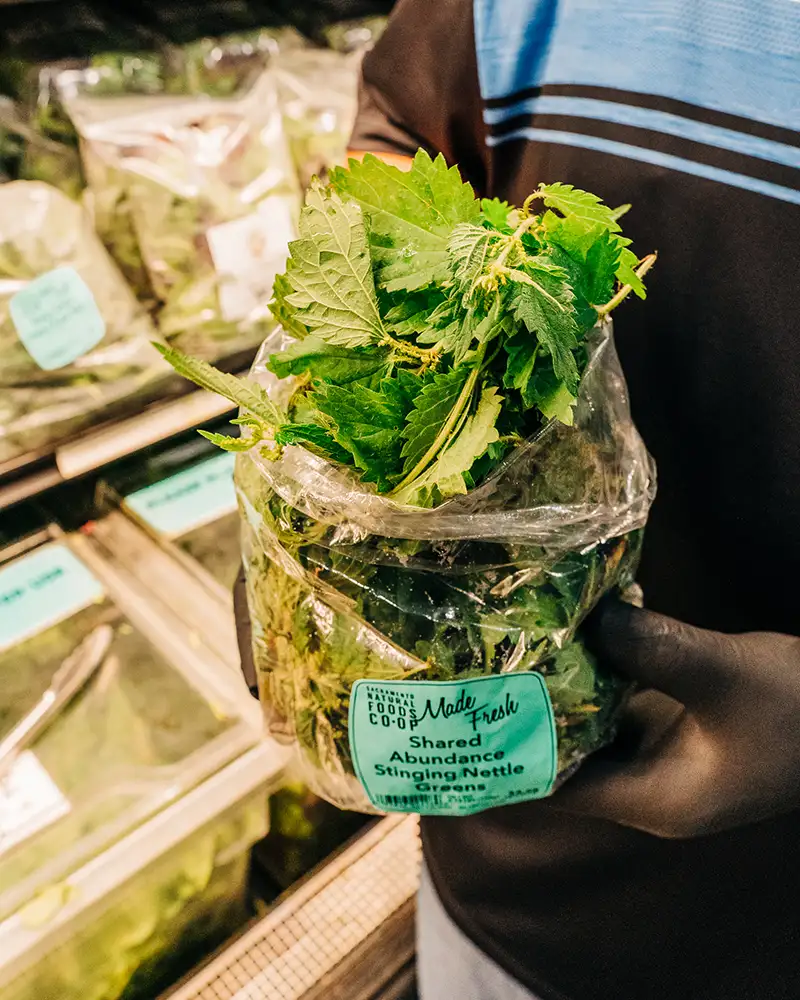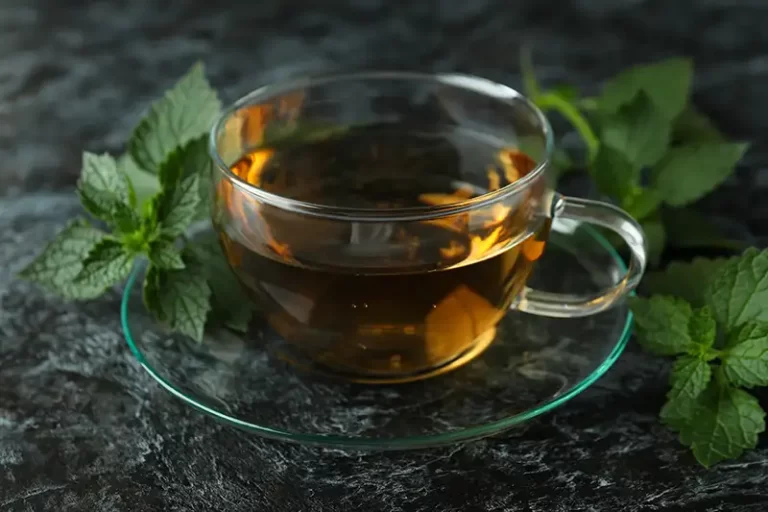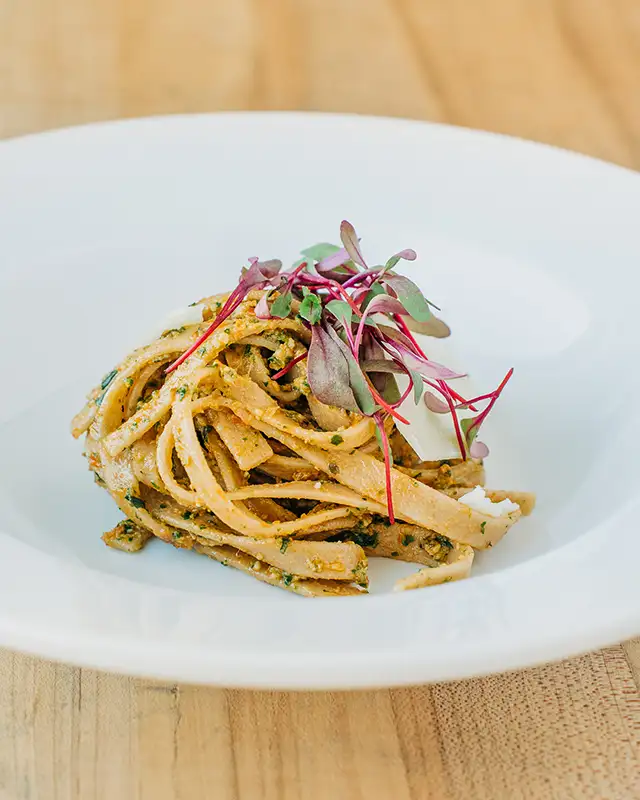Blog

Stinging Nettles — Nature's
I have been drawn to wild foods for years. Plants that have been historically used as a food as much as they’re used as medicine are my jam! As a Nutritional Therapy Practitioner, I have learned that a foundational key to health is with a whole food, nutrient dense diet and wild foods are some of the most nutrient dense foods available. Just like dandelion, plantain, purslane, miner’s lettuce and chickweed, stinging nettles is a nutrient dense, resilient and prolific plant that can be found near lakes and rivers, along the roadside, and now we have them regularly at the Co-op!
Even though wild foods are highly nutritious and have been valued by Indigenous cultures for generations, we don’t often see them in grocery stores. Yes, dandelion greens have finally gotten their spot among the kale and collard greens here at the Co-op, but not many other wild foods have gained enough recognition by consumers to motivate farmers to invest their precious energy on getting them to market.
.I am so delighted that we are getting stinging nettles from one of my favorite farms, Shared Abundance. Ruthanne Jahoda sowed nettle seeds as soon as she started the farm in 1997 wanting to be able to provide the community with wild foods. Often only seen as a spring offering, Ruthanne has figured out a place on her farm where they are protected from the harsh summers and can thrive for most of the year.
Few plants are as nutrient-rich as nettle. The leaves are high in minerals like calcium, iron and potassium. Minerals in whole plant form are much easier to utilize by our bodies than supplements, so regularly consuming nettle tea or adding the leaves to our greens is a great way to get much-needed minerals. In Nutritional Therapy, minerals are considered one of the six foundations of health. They play a key role in nerve conduction, muscle function, and tissue growth. Consuming nettles regularly can result in stronger teeth, healthier bones and improved skin health. Some people use nettles to reduce seasonal allergy symptoms and inflammation. Regular consumption is key for any of these benefits.
Stinging nettles are a plant that demands respect. It may have already made a painful impression on you with its tiny stinging hairs! It’s not the hairs that sting, it’s actually the histamine and other chemicals that are inside of the hairs and can get injected into your skin if you come into contact with it. This can lead to a pretty memorable rash. When nettles is cooked or dried, they can no longer sting. For folks willing to take enough care to risk getting stung, I recommend using tongs to pull them out of the bag and drop them directly into boiling water to blanch or make tea.
Just because they are highly nutritious doesn’t mean they are right for everybody. For one thing, some people are simply not interested in working with nettles because they might get stung. Nettle is also a diuretic, which is great to assist the body in cleansing out toxins, but for people who struggle with dry skin or hair, it may be too drying and not be the best choice.
If you want to up your mineral game and incorporate more mineral-rich plants to your diet, local stinging nettles from Shared Abundance will be available in our produce department for most of the year (March-November). Ruthanne says that the easiest way to incorporate nettles into your diet is by making a gallon of tea to drink throughout the week, making pesto with blanched nettle leaves, and adding it to smoothies, soups or any other greens you’re cooking.
Jolie Laudicina
Nutrition & Wellness Educator
Sacramento Natural Foods Co-op
This information is intended for educational purposes only and is not a substitute for medical advice. Consult your physician or healthcare provider.
Nettle Recipes
Print & Share


